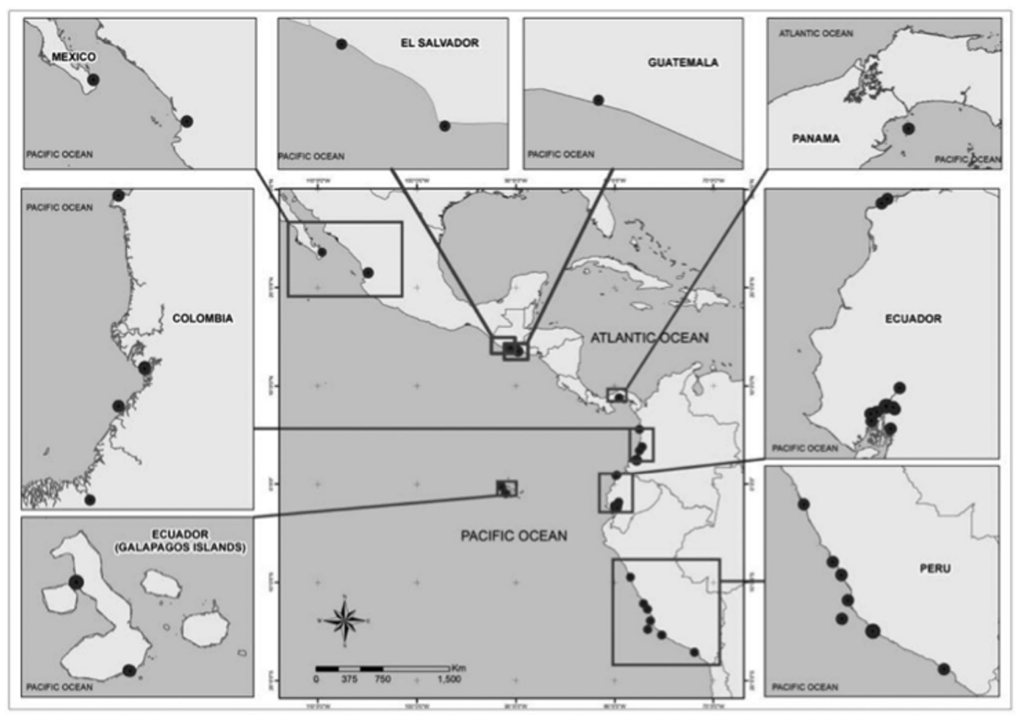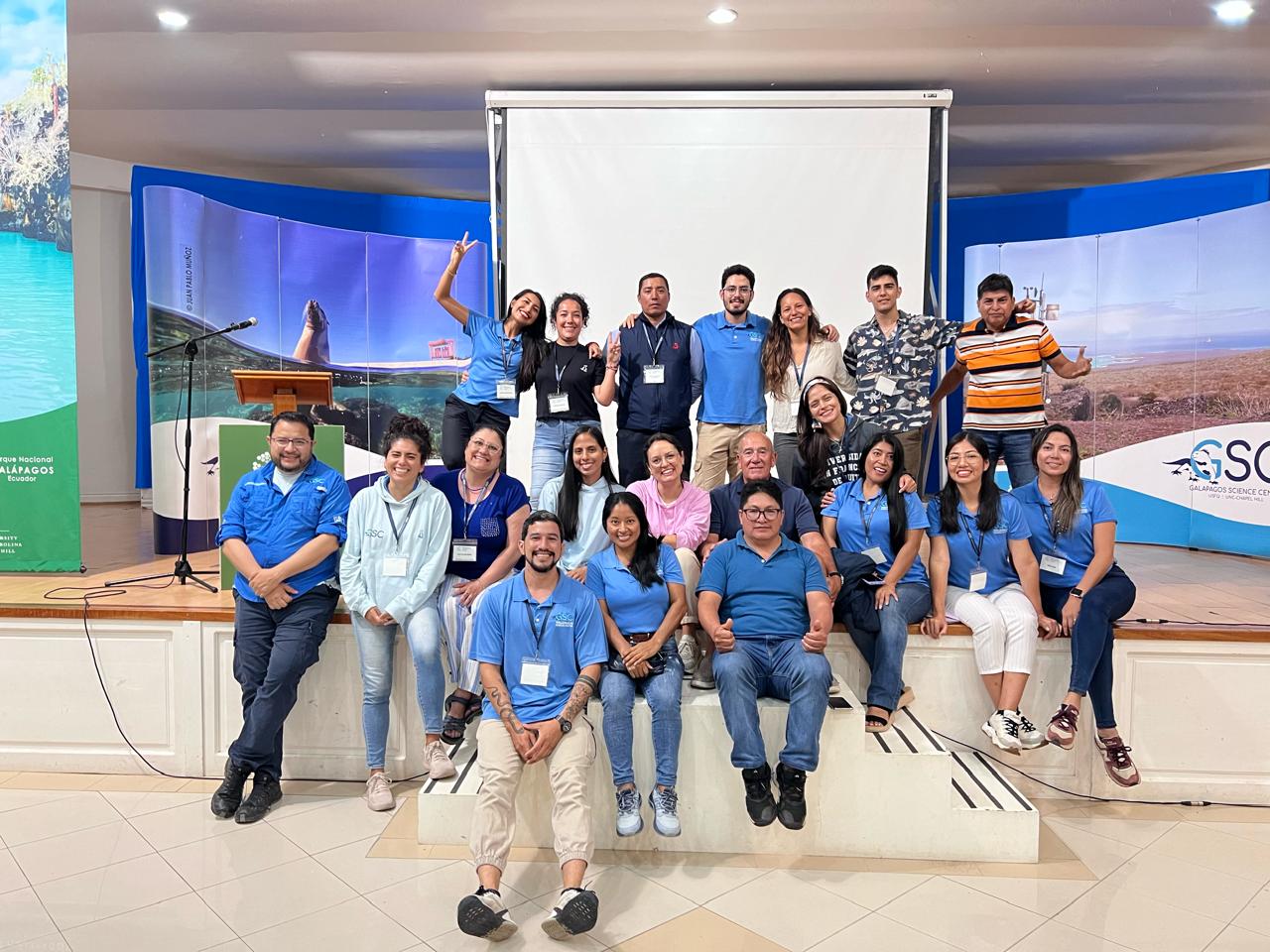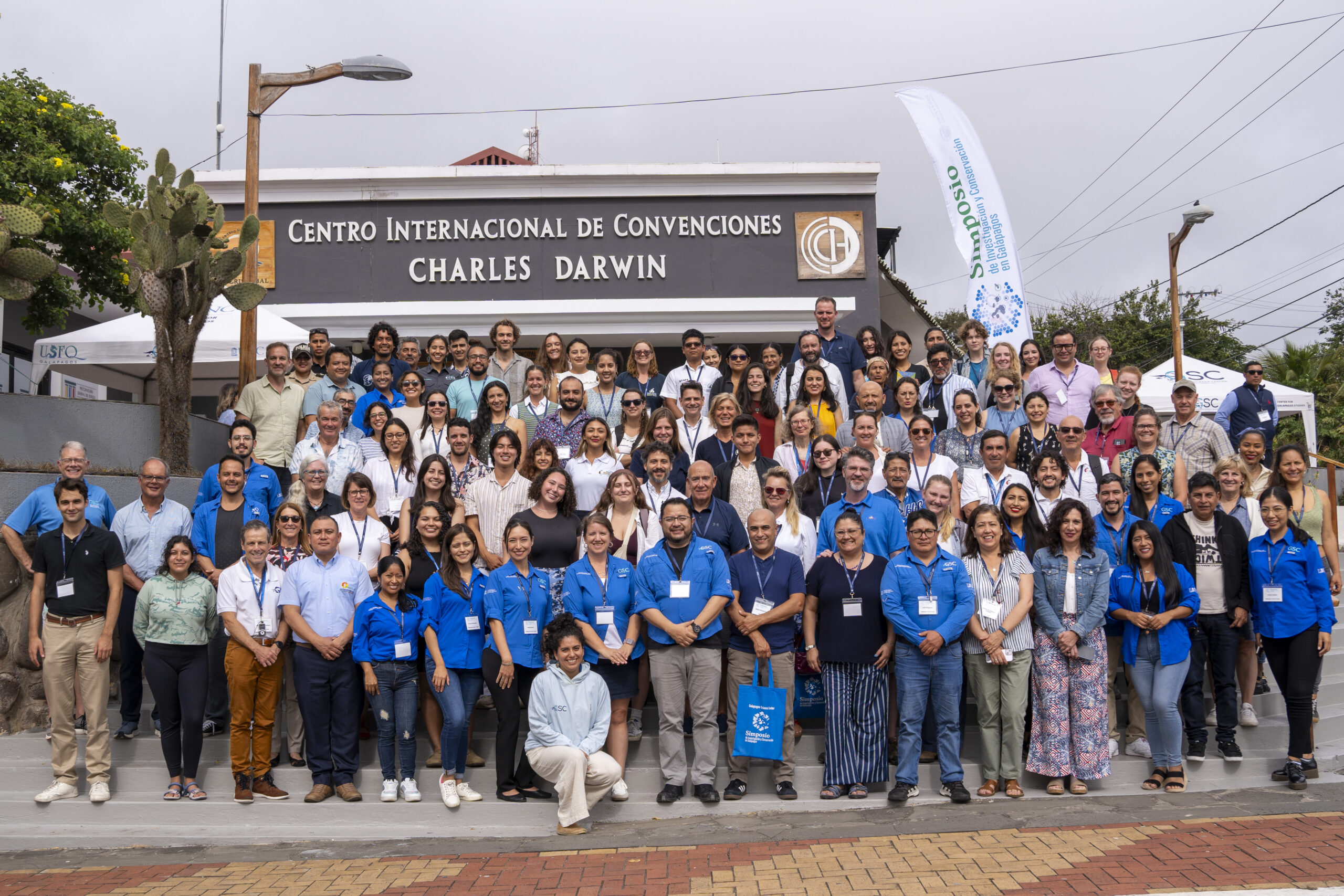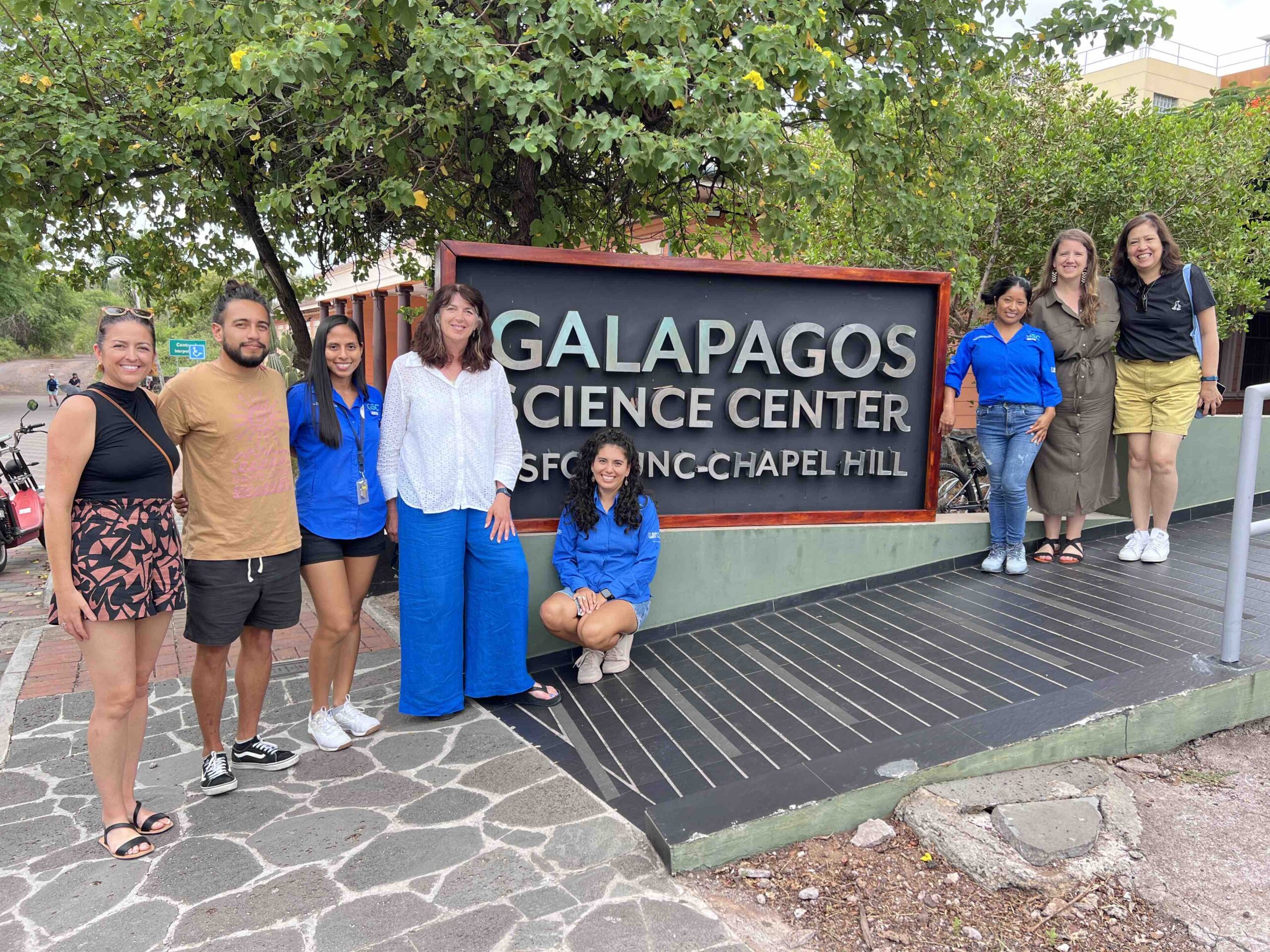El elefante marino del sur es la especie de pinnípedo sexualmente dimórfica más grande en el océano global (Le Boeuf y Laws, 1994; Hindell, 2018). La característica distintiva de los machos es la probóscide; el máximo desarrollo de esta característica se produce en adultos mayores de 10 años (Sanvito et al., 2007). El crecimiento de las hembras cesa después de alcanzar la madurez (es decir, ~5 años de edad) con una longitud corporal de ~2.5 m y un peso corporal de 400 a 600 kg (Fedak et al., 1994). Los machos adultos son fisiológica y socialmente maduros después de ~7 años de edad, cuando alcanzan hasta 5 m de longitud corporal y pesan 3,000 kg (Campagna y Lewis, 1992; Pistorius et al., 2005; Hindell, 2018). Están distribuidos por toda la región circumpolar, aguas subantárticas y ecosistemas antárticos del Hemisferio Sur (Hofmeyr, 2015; Jefferson et al., 2015; Hindell, 2018). Actualmente se reconocen cuatro poblaciones genéticamente diferentes, incluyendo subpoblaciones de la Península Valdés y las Islas Malvinas, el sector Atlántico (Islas Georgia del Sur, Orcadas del Sur, Shetland del Sur, y Bouvetøya e Islas Gough), el sector Indio (Islas Kerguelen, Crozet, Isla Heard e Islas Príncipe Eduardo), y el sector del Pacífico (Isla Macquarie, Isla Campbell e Isla Antípodas) (Slade et al., 1998; Hofmeyr, 2015; Jefferson et al., 2015; Corrigan et al., 2016). Las poblaciones atlánticas, incluyendo Georgia del Sur, la Península Valdés y las Islas Kerguelen, están actualmente estables o aumentando ligeramente (Hindell et al., 2016), mientras que las poblaciones en la Isla Macquarie en el sur del Pacífico están disminuyendo (van den Hoff et al., 2014; Hofmeyr, 2015). Aunque el SES actualmente está clasificado como “Preocupación Menor” por la Lista Roja de Especies Amenazadas de la Unión Internacional para la Conservación de la Naturaleza (UICN) (Hofmeyr, 2015), esta especie de pinnípedo se ve afectada por varias amenazas antropogénicas, como la captura incidental, la contaminación química y biológica y los cambios ambientales inducidos por el ser humano (Hofmeyr, 2015; Alava y Aurioles-Gamboa, 2017; Hindell, 2018).
Obtén más información sobre el estudio aquí.






